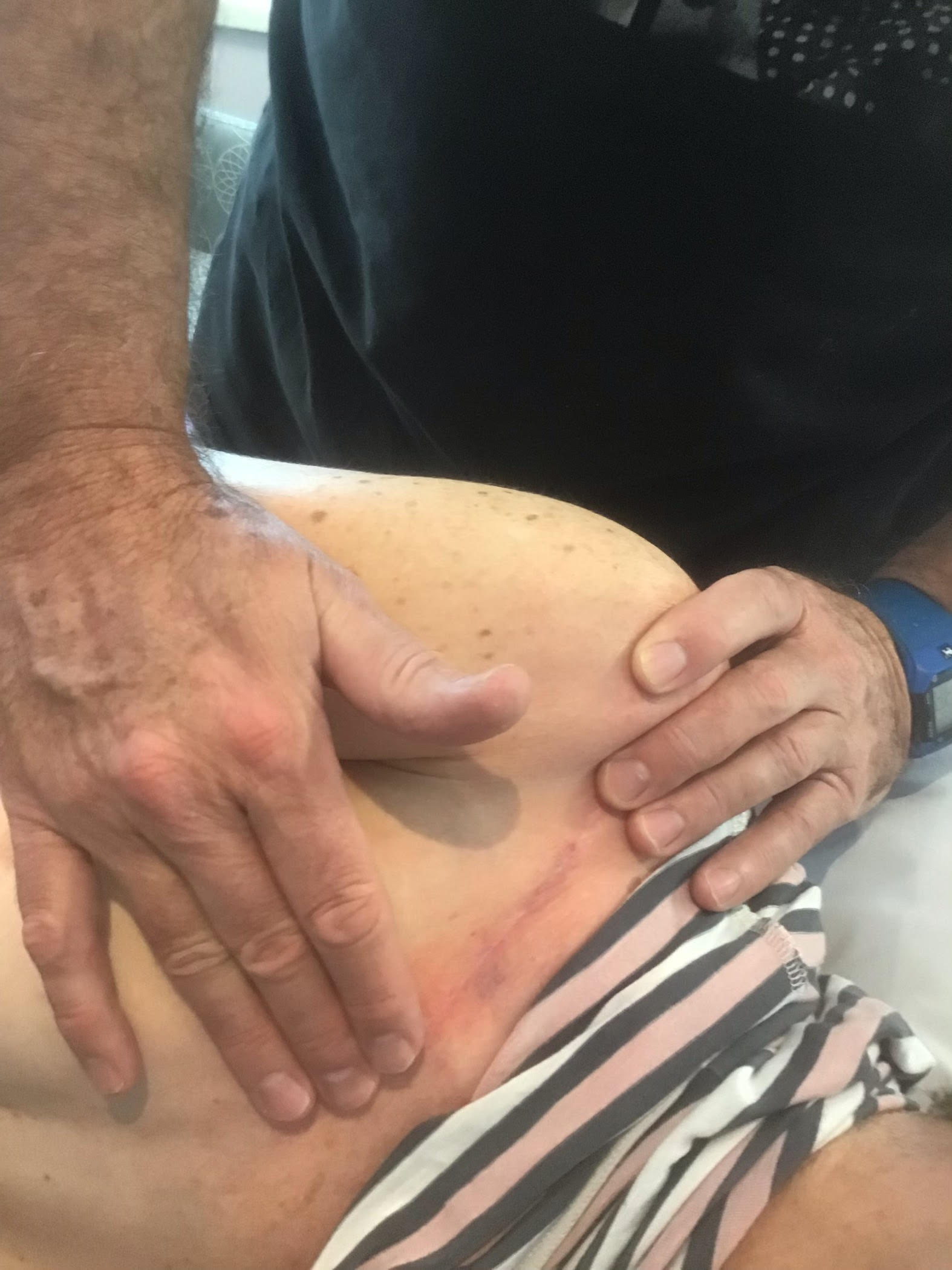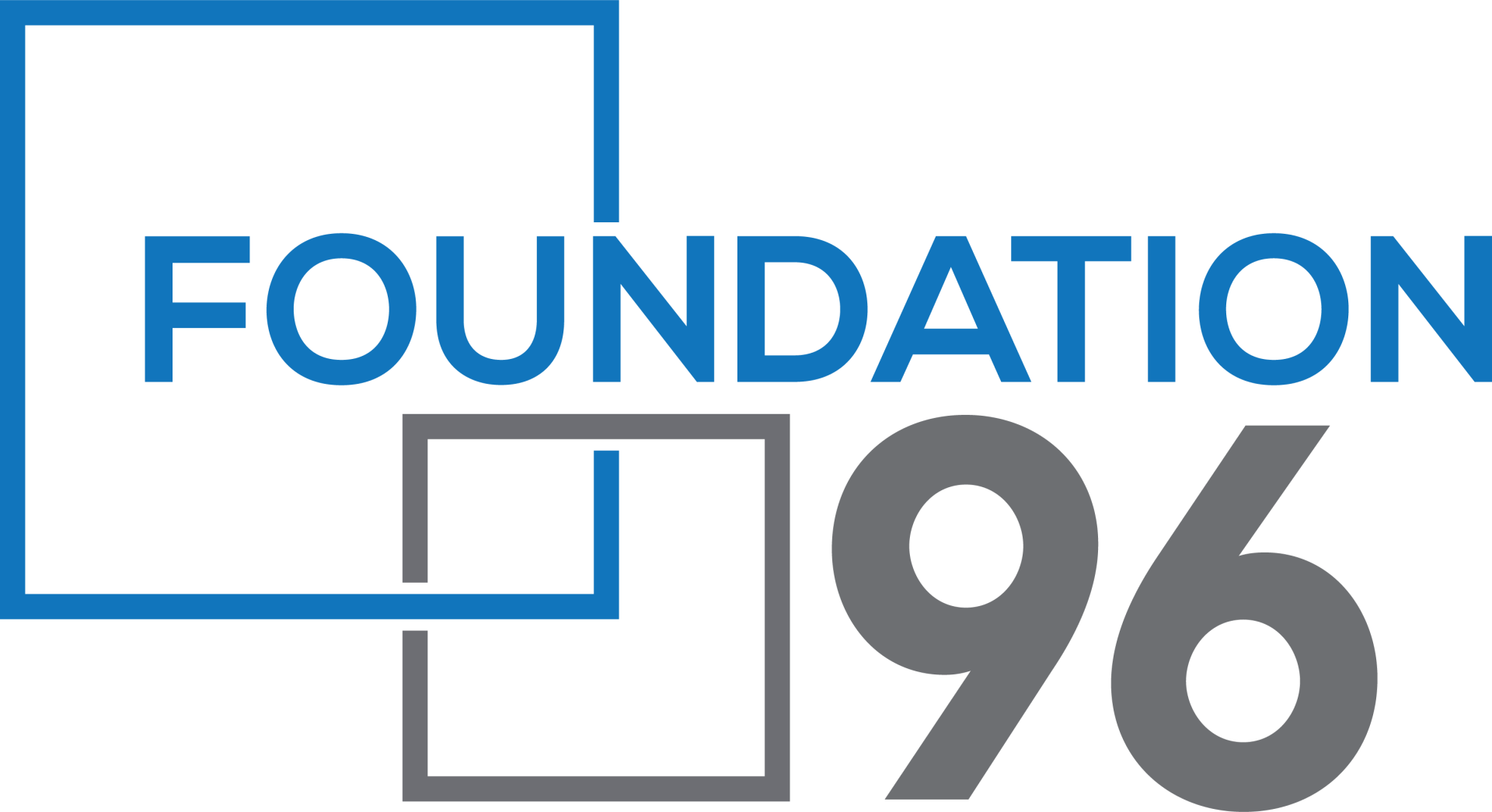Join today
Rehabilitation Needs After Axillary Lymph Node Dissection
Axillary Lymph Node Dissection (ALND) is most known for a higher risk of lymphedema. However on investigation, six other physical side-effects are also being reported as chronic and severe.
Can innovation in targeting ongoing rehab/exercise care for breast cancer survivors following Axillary Lymph Node Dissection change the incidence and severity of upper body dysfunction over time?
This training course reports on key side-effects associated with ALND, and then offers a range of clinical assessments, which in turn will be matched with novel treatments.
Can innovation in targeting ongoing rehab/exercise care for breast cancer survivors following Axillary Lymph Node Dissection change the incidence and severity of upper body dysfunction over time?
This training course reports on key side-effects associated with ALND, and then offers a range of clinical assessments, which in turn will be matched with novel treatments.
Write your awesome label here.
Lesson series
Planning to expand
services to breast cancer survivors?
Use the list of evidence based impairments and
suit of novel assessments and treatments to:
suit of novel assessments and treatments to:
Establish your professional learning needs to commence ALND rehab services
Begin plans to bring new services for breast cancer survivors with ALND: assessment, treatment or referral services.
What's included?
Discover the art and science of ameliorating
physical side-effects that follow ALND
Unique to this course is the collation of physical side-effects, often reported on as a side issue to lymphedema incidence and treatments.
Next, a rehabilitation approach has been applied to develop assessments and treatments for each of the key physical side-effects.
This training is based on my extensive clinical experience and private research. I present a workable approach for your professional consideration and integration into oncology rehab practice.
Next, a rehabilitation approach has been applied to develop assessments and treatments for each of the key physical side-effects.
This training is based on my extensive clinical experience and private research. I present a workable approach for your professional consideration and integration into oncology rehab practice.
ALND and radiotherapy continue to be a standard medical approach to managing breast cancer across the globe.
Clinicians who can ameliorate the loss and costs associated with chronic post-cancer side effects can contribute to new international research and rehabilitation protocols.
Clinicians who can ameliorate the loss and costs associated with chronic post-cancer side effects can contribute to new international research and rehabilitation protocols.
Rehabilitation pathways are not clear for many known chronic and severe side-effect experiences that follow breast cancer treatments.
This training will offer knowledge that can be used to help individuals recover better, contribute to new research or develop new and improved oncology clinic services.
This makes for a vibrant and challenging opportunity for health professionals and cancer care clinics.
This training will offer knowledge that can be used to help individuals recover better, contribute to new research or develop new and improved oncology clinic services.
This makes for a vibrant and challenging opportunity for health professionals and cancer care clinics.
Write your awesome label here.
Develop your clinical knowledge to help
breast cancer survivors
Starting a practice in breast cancer rehab can be time consuming and exhausting, searching the research for how best to help the client group.
- Save time finding relevant research
- View five low cost assessments
- View five treatments for the dissection bed and near surrounds
- See examples of self-care training to support ongoing soft tissue changes.
Write your awesome label here.
What makes us different
Read. Watch. Learn. Improve.
Benchmark to the assessments and treatments presented by Denise Stewart.
Lymphedema therapists and oncology rehabilitation providers can take the assessments directly to their clinical practice
Plan further professional development in treatment techniques suited to oncology patients
Boost your confidence, master the field, become a professional who can take action on the impairments that follow ALND
Breast cancer rehabilitation
Care & Lifestyle tips
As a registered Australian Occupational Therapist, I educate patients and the professional community about the benefits of oncology rehabilitation.
Take the example of radiation fibrosis and muscle changes that can follow ALND.
Lymphedema therapists know that scarring and fibrosis and reduced muscle activation will be barriers to lymph transport. Patients know when they have arm movement restrictions and pain.
With a rehabilitation approach, several assessments for pec minor stiffness, deep scarring and adhesions can be used, and one- five targeted treatments can be trialed.
Clinicians can evaluate the immediate effectiveness of each during the clinic session and offer the patient or partner training in a self-care treatment for use at home.
Take the example of radiation fibrosis and muscle changes that can follow ALND.
Lymphedema therapists know that scarring and fibrosis and reduced muscle activation will be barriers to lymph transport. Patients know when they have arm movement restrictions and pain.
With a rehabilitation approach, several assessments for pec minor stiffness, deep scarring and adhesions can be used, and one- five targeted treatments can be trialed.
Clinicians can evaluate the immediate effectiveness of each during the clinic session and offer the patient or partner training in a self-care treatment for use at home.

“Teaching clinicians to assess for more physical impairments associated with ALND will lead to new research and treatment protocols”
Denise Stewart
Occupational Therapist

Lesson series: Rehabilitation NEEDS AFTER ALND
This course will not offer treatment skills training
Each treatment intervention will be demonstrated briefly.
Evaluate the techniques for their suitability to your scope of practice,
your clinical setting and if you need additional training.
The pre-requisites for this training is: Occupational Therapy, Physical Therapy, Physiotherapy, Exercise Physiology, Oncology Massage Therapy or Lymphedema Therapy
Evaluate the techniques for their suitability to your scope of practice,
your clinical setting and if you need additional training.
The pre-requisites for this training is: Occupational Therapy, Physical Therapy, Physiotherapy, Exercise Physiology, Oncology Massage Therapy or Lymphedema Therapy
Write your awesome label here.
Never miss our news
Subscribe to our newsletter!
Thank you!


